Pigmentation
Reveal your skin’s true radiance
Achieve clearer, more even complexion
Target pigmentation with personalised treatment solutions
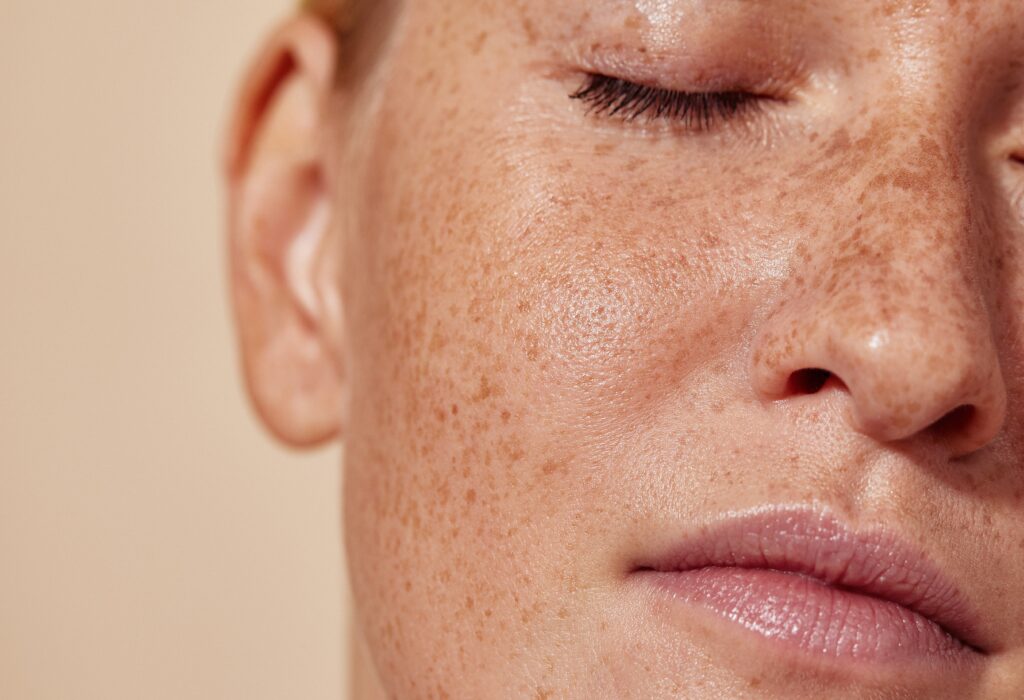
What it is
Pigmentation refers to areas of the skin that darken due to excessive melanin production. This condition can appear as dark patches, spots, or uneven skin tone on various parts of the body, most commonly the face, hands, and arms. Types of pigmentation include melasma, age spots, and post-inflammatory hyperpigmentation (PIH), which can be triggered by various external and internal factors.

Causes
Pigmentation can be caused by prolonged sun exposure, hormonal changes (such as pregnancy or birth control), aging, genetic predisposition, skin injuries (like acne or cuts), and certain medications. Inflammation from conditions like eczema, acne, or psoriasis can also lead to hyperpigmentation. Hormonal fluctuations during pregnancy, menopause, or while taking hormonal medication can trigger melasma, commonly known as the “mask of pregnancy.”

Symptoms
Signs of pigmentation include darkened areas of the skin, such as freckles, liver spots, sun spots, or larger patches of hyperpigmentation, typically on the cheeks, forehead, or nose. Other symptoms may include discoloration that darkens with further sun exposure, uneven skin tone, and visible skin spots that can range from light brown to black.
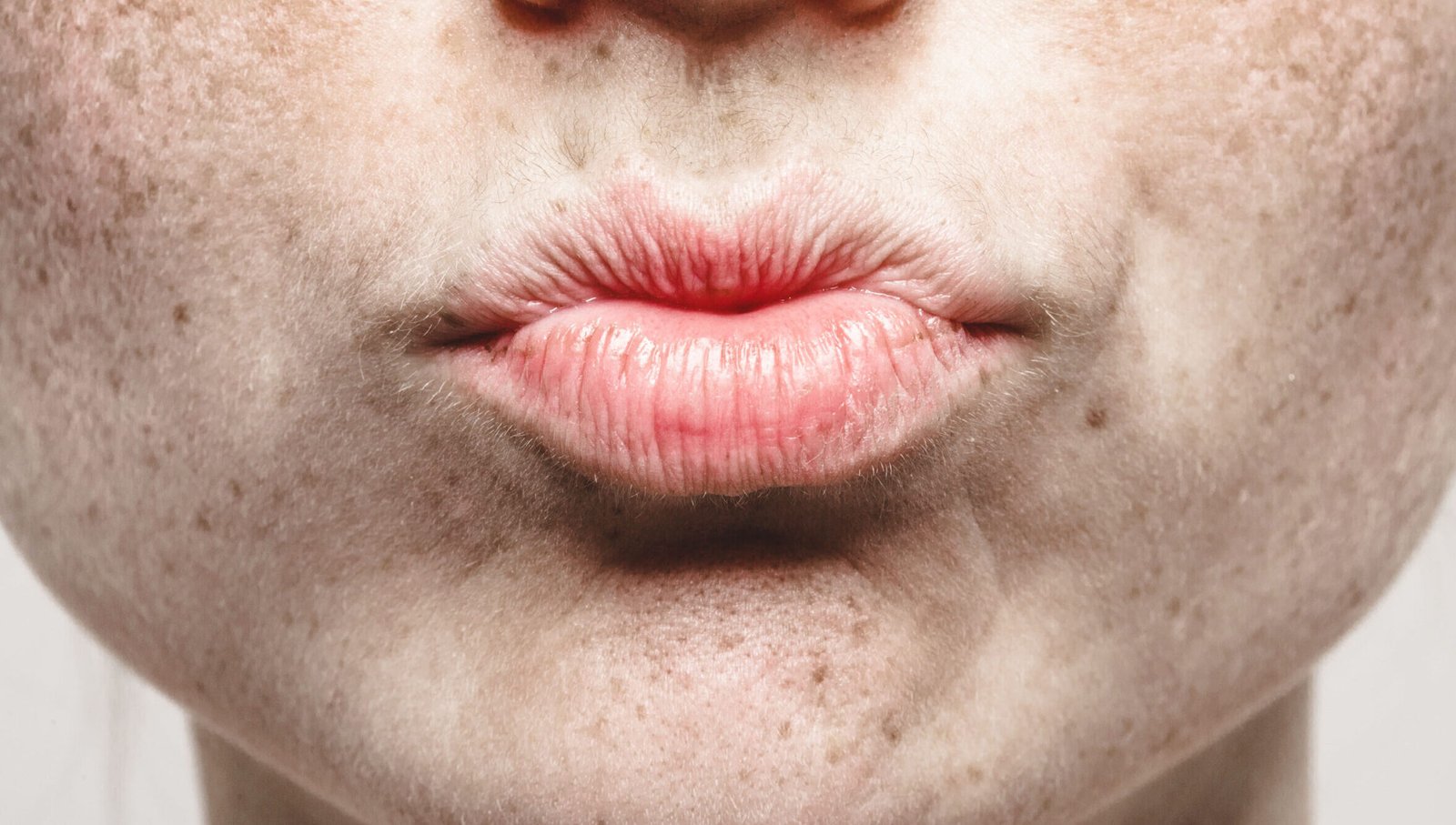
Prevention tips
- Sunscreen Use: Apply broad-spectrum sunscreen (SPF 30 or higher) daily to protect against UV rays, which are a major trigger for pigmentation.
- Limit Sun Exposure: Avoid direct sun exposure during peak hours (10 a.m. to 4 p.m.). If outdoors, wear hats, sunglasses, and clothing with UPF protection.
- Healthy Skincare: Incorporate ingredients like Vitamin C, niacinamide, or retinoids that can help brighten skin and reduce pigmentation.
- Avoid Picking: Refrain from picking at blemishes or injuries, as this can increase the risk of post-inflammatory pigmentation.
Your journey begins with a simple conversation
SOFTENS AND RESTORES SKIN
MINIMALLY INVASIVE
DUAL-ACCREDITED PRACTITIONER
Medix is rated 4.8 from 130 reviews
on Google
Medix is rated 4.3 from 18 reviews
on Facebook
The skincare destination you can trust
Reveal your skin's true radiance
Comprehensive Skin Assessment
Personalised Treatment Program
Customised Home-care Recommendation
Our Approach to Treating Pigmentation
At Medix Skincare, we take a multifaceted approach to treating pigmentation. Our treatments are designed to target and reduce the appearance of dark spots, even out skin tone, and enhance your skin’s overall radiance:
- Targeted Treatment: Our advanced technologies focus on breaking down excess melanin and promoting even skin tone.
- Personalised Care: Each treatment plan is customised to your skin type and pigmentation concerns.
- Holistic Approach: We combine in-clinic treatments with at-home skincare recommendations to maintain and enhance results.
- Expert Knowledge: Our experienced practitioners stay updated with the latest techniques and technologies to provide effective solutions.
Our treatments for Pigmentation

Laser Skin Rejuvenation
A highly effective treatment that uses focused laser beams to target pigmented areas. The laser breaks down excess melanin, which is then naturally eliminated by the body, resulting in a more even skin tone. Multiple sessions may be required for optimal results.
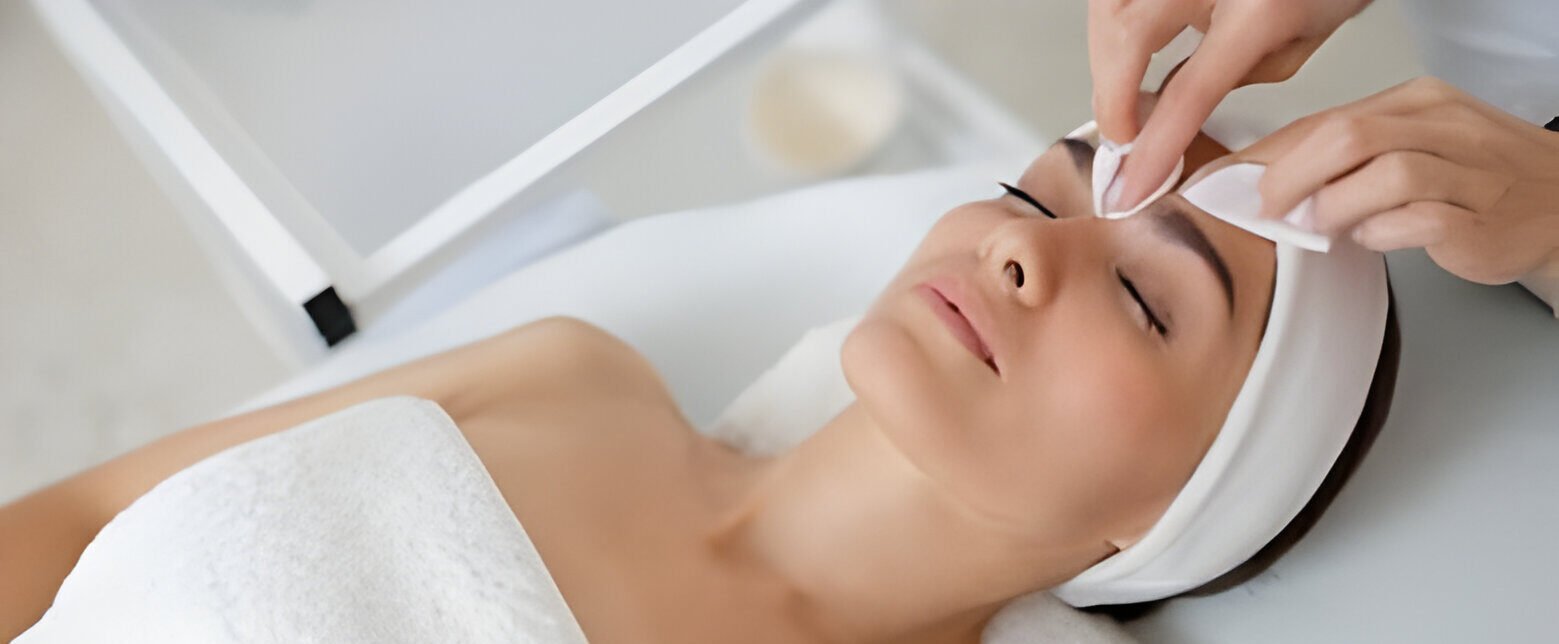
Chemical Peels
Chemical peels gently exfoliate the skin's top layers, removing dead cells and reducing pigmentation. The treatment involves applying a chemical solution that promotes skin cell regeneration, revealing a smoother, more even-toned complexion. Peels can be tailored to suit various skin types and concerns.
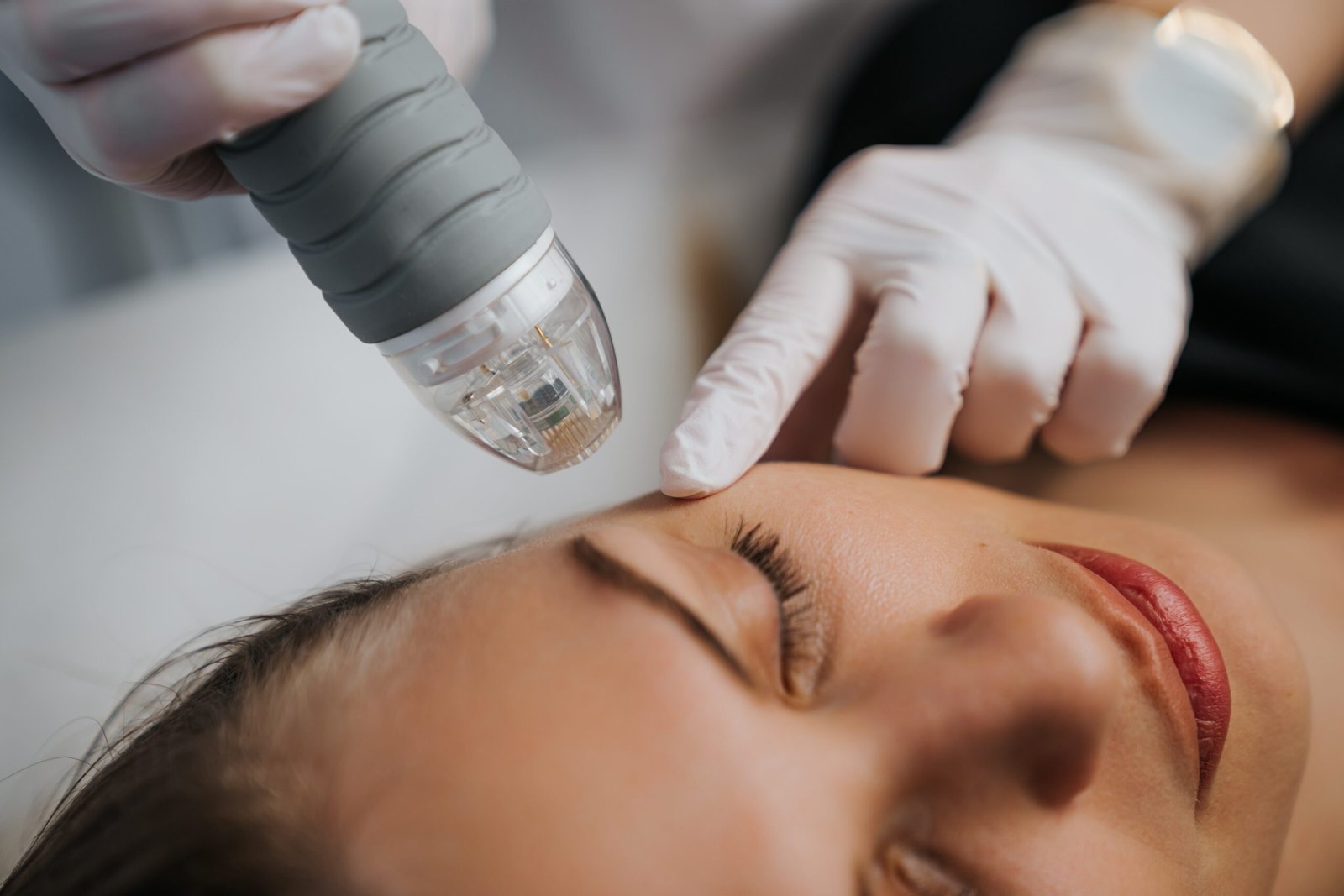
Radiofrequency Microneedling
Combines micro-needling with radiofrequency energy to treat pigmentation and stimulate collagen production. The micro-needles create tiny punctures, allowing the radiofrequency energy to penetrate deeper, breaking down pigmented cells and promoting new skin growth.

Plasma Pen Fibroblast
A non-invasive technology that uses plasma energy to generate heat, effectively targeting and breaking down pigmented areas. This precise method is perfect for localised and spot treatments, helping to even out skin tone while minimising impact on the surrounding skin.
Success Stories for Pigmentation





Fill out the form to claim your personalised skin assessment for $9.90 only!
Plus, enjoy 10% off your recommended skincare routine.
Discover your perfect skincare routine with our $9.90 skin assessment. Fill out the form for expert advice and a chance to win a pigmentation treatment. No booking needed – start your journey to even-toned skin today!
Frequently Asked Questions
Laser Skin Rejuvenation works by emitting focused light beams that penetrate the skin to target pigmented cells. The laser breaks down the excess melanin, which is then naturally eliminated by the body. This process helps to reduce dark spots and even out skin tone over multiple sessions.
Chemical Peels exfoliate the top layers of the skin, removing dead cells and pigmented areas. They promote new cell growth, which results in a more even skin tone and smoother texture. Different types of peels can be customized to your specific pigmentation concerns.
Yes, Fractional Radiofrequency can be effective for treating melasma. The treatment combines micro-needling with radiofrequency energy to penetrate deep into the skin, targeting the underlying causes of pigmentation and stimulating collagen production, which helps in improving skin texture and tone.
The frequency of treatments depends on the severity of the pigmentation and the specific treatment being used. Typically, treatments like Laser Skin Rejuvenation and Chemical Peels are recommended every 4-6 weeks until the desired results are achieved. Your practitioner will provide a personalized treatment schedule.
Yes, combining treatments can enhance the effectiveness of pigmentation reduction. For example, you might combine Laser Skin Rejuvenation with Chemical Peels for comprehensive care. Your practitioner will develop a treatment plan that incorporates the best combination for your skin.
During a Plasma Pen Fibroblast treatment, a small device creates controlled micro-traumas on the skin’s surface, stimulating collagen production and reducing pigmentation. The procedure is minimally invasive with some temporary redness and swelling post-treatment. Results improve over several weeks as the skin heals.
Most pigmentation treatments can be adapted for different skin types, but it’s essential to consult with your practitioner. They will assess your skin type and condition to recommend the most suitable and safe treatment options for you.
Maintaining results involves a combination of good skincare practices and lifestyle adjustments. Use sunscreen daily, follow a skincare routine that includes gentle exfoliation and hydration, and avoid excessive sun exposure. Your practitioner will also recommend specific at-home products to support your skin.
Side effects vary depending on the treatment but may include temporary redness, swelling, and sensitivity. These effects typically subside within a few days. Following aftercare instructions can help minimize side effects and promote faster healing.
The time frame for visible results varies with each treatment. Some patients see improvements after a single session, while others may require multiple treatments over several months. Consistency and adherence to the recommended treatment plan are key to achieving the best results.
Related Articles

Common Skin Problems Experienced in Summer
Common skin problems in summer Some common skin problems we may experience in summer because of warm weather and cumulative sun exposure are dehydration and

Skin Ageing
Skin ageing The skin is the body’s largest organ, as well as its only external organ, so it is only natural for the skin to
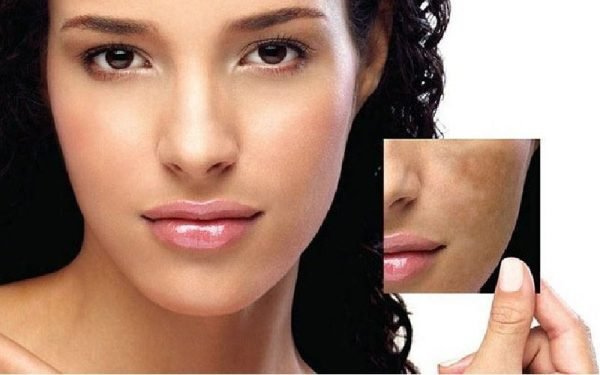
What Is Melasma?
What is Melasma? Melasma is a common skin condition that is identified by light or dark patches of skin, which are brown-grey in colour. These
